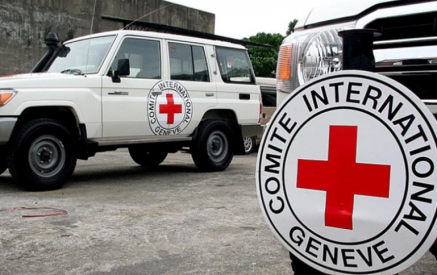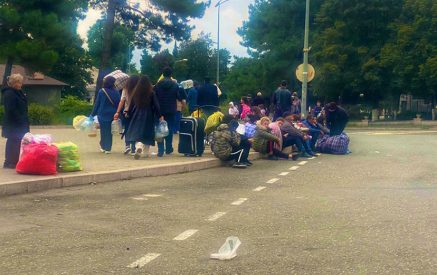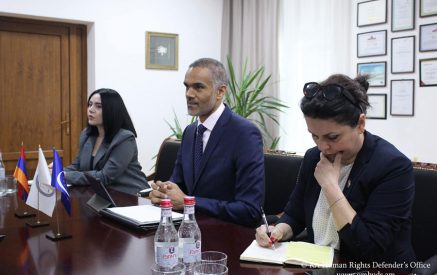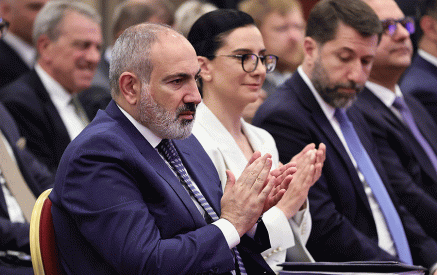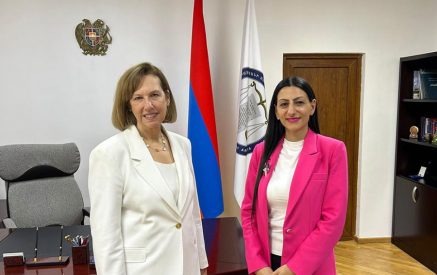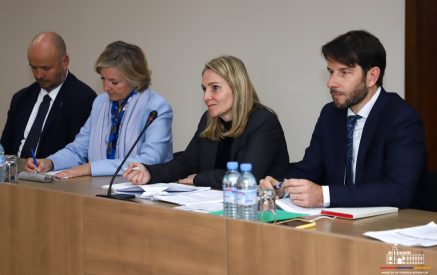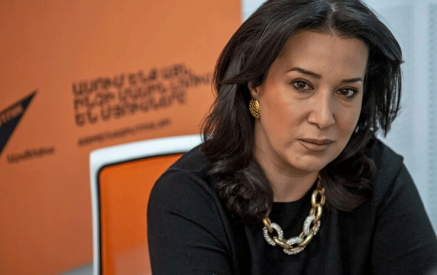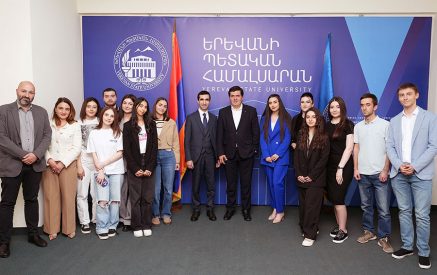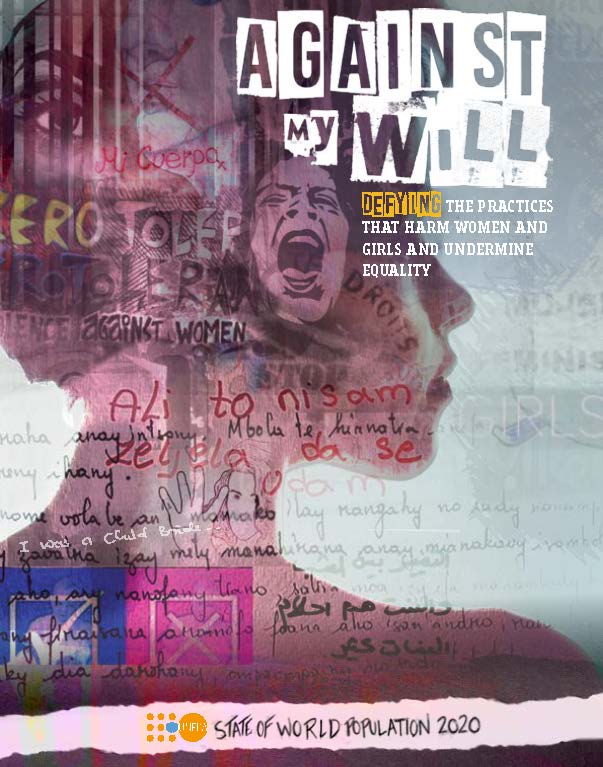Urgent, accelerated action needed to stop female genital mutilation, child marriage, and other practices that harm women and girls, according to new UNFPA report
30 June 2020 –Every year, millions of girls around the world are subjected to practices that harm them physically and emotionally, with the full knowledge and consent of their families, friends and communities, according to the State of World Population 2020, released today by UNFPA, the United Nations sexual and reproductive health agency.
At least 19 harmful practices, ranging from breast ironing to virginity testing, are considered human rights violations, according to the UNFPA report, which focuses on the three most prevalent ones: female genital mutilation, child marriage, and extreme bias against daughters in favour of sons.
“Harmful practices against girls cause profound and lasting trauma, robbing them of their right to reach their full potential,” says UNFPA Executive Director Dr. Natalia Kanem.
This year, an estimated 4.1 million girls will be subjected to female genital mutilation. Today, 33,000 girls under age 18 will be forced into marriages, usually to much older men. Also, an extreme preference for sons over daughters in some countries has fueled gender-biased sex selection or extreme neglect that leads to their death as children, resulting in 140 million “missing females.”
In the Eastern Europe and Central Asia, child marriage is generally illegal and on the decline overall, but is still practiced widely in parts of the region (up to 15% of women were married before they turned 18 in some countries; and in some communities one in two women was married as a child).
Son preference also remains common in the Eastern Europe and Central Asia region, resulting in heavily imbalanced sex-at-birth ratios in parts of the South Caucasus and South-East Europe, as many more boys are born there than girls.
Countries that have ratified international treaties such as the Convention on the Rights of the Child have a duty to end the harm. Many have responded with laws, but laws alone are not enough.
Decades of experience and research show that bottom-up, grassroots approaches are better at bringing change, the UNFPA report states.
“These harmful practices have one root cause in common: the widespread and persistent under-valuing of girls and women,” says Alanna Armitage, UNFPA Regional Director for Eastern Europe and Central Asia. “But we are seeing that social norms are shifting in the right direction, and there is a real chance that working together – governments, civil society, influencers and role models – we can make practices harming girls a thing of the past.”
Programmes to change discriminatory social norms are effective in eliminating harmful practices, but they must not focus narrowly on just these practices. Rather, they should address the broader issues at play, including the subordinate position of women and girls, their human rights, and how to elevate their status and access to opportunities, the report says.
Globally, ending child marriage and female genital mutilation worldwide is possible within 10 years by scaling up efforts to keep girls in school longer and teach them life skills and to engage men and boys in social change. Investments totaling $3.4 billion a year through 2030 would end these two harmful practices and end the suffering of an estimated 84 million girls, the report shows.
While progress has been made in ending some harmful practices worldwide, the COVID-19 pandemic threatens to reverse gains. A recent analysis revealed that if services and programmes remain shuttered for six months, an additional 13 million girls may be forced into marriage and 2 million more girls may be subjected to female genital mutilation between now and 2030.
The pandemic may increase the risk of forced early marriage as a strategy to reduce the economic burdens in the family. And lockdowns, school closures and movement restrictions are disrupting adolescent girls’ routines and their support systems.
“The pandemic puts more girls at risk and threatens to undermine the progress we’ve made,” Armitage says. “We must redouble our efforts to ensure that girls everywhere are fully able to enjoy their rights, make choices about their lives and their bodies.”
Facts about harmful practices
State of World Population Report 2020
Gender inequality and negative attitudes about women and girls drive harmful practices.
- One survey in countries where 80% of the world’s population live found that 9 in 10 people have some bias against women. (p. 11)
- More than 140 million women are considered missing today as a consequence of gender-biased and post-natal sex selection. (p. 59)
Some 200 million girls and women alive today have undergone some form of genital mutilation.
Countries with high rates of female genital mutilation:
- Egypt: 92% of women who are or have ever been married have been subjected to FGM. (p.92)
- Djibouti, Guinea and Mali: 90% or more women have been subjected to FGM. (p.70)
- Indonesia: 49% of girls aged 11 or younger have been subjected to FGM. (p.70)
Around the world, about one in five children is married.
- Two in five children are married in West and Central Africa – the world’s highest rate. (p.97)
- One in three children is married in East and Southern Africa. (p.97)
- One in four girls is married or in an informal union in Latin America and the Caribbean. (p.97)
Harmful practices happen in industrialized countries too.
- As many as 1,600 girls in Ireland, 1,300 girls in Portugal and 11,000 girls in Sweden may have been subjected to FGM in 2011. In the United States, 513,000 girls were at risk of, or had been subjected to, FGM in 2012. (p.70, 73)
- Between 2000 and 2005, more than 200,000 children were married in the United States. (p.102)
Education is a powerful tool in eliminating harmful practices.
- In 15 sub-Saharan African countries, each additional year of secondary school significantly reduced the chance of child marriage and childbirth under the age of 18. (p.111)
- In India: (p.100)
- 51% of girls with no education are married by age 18
- 47% of girls with only a primary education are married by age 18
- 29% of girls with only a secondary education are married by age 18
- 4% of girls with a post-secondary education are married by age 18
Harmful practices impact girls and women, communities, and countries’ development.
- In just 12 countries where child marriage is prevalent, the loss of human capital would come to $63 billion between 2017 and 2030, much more than these countries received in official development assistance. (p.96)
The United Nations Population Fund

